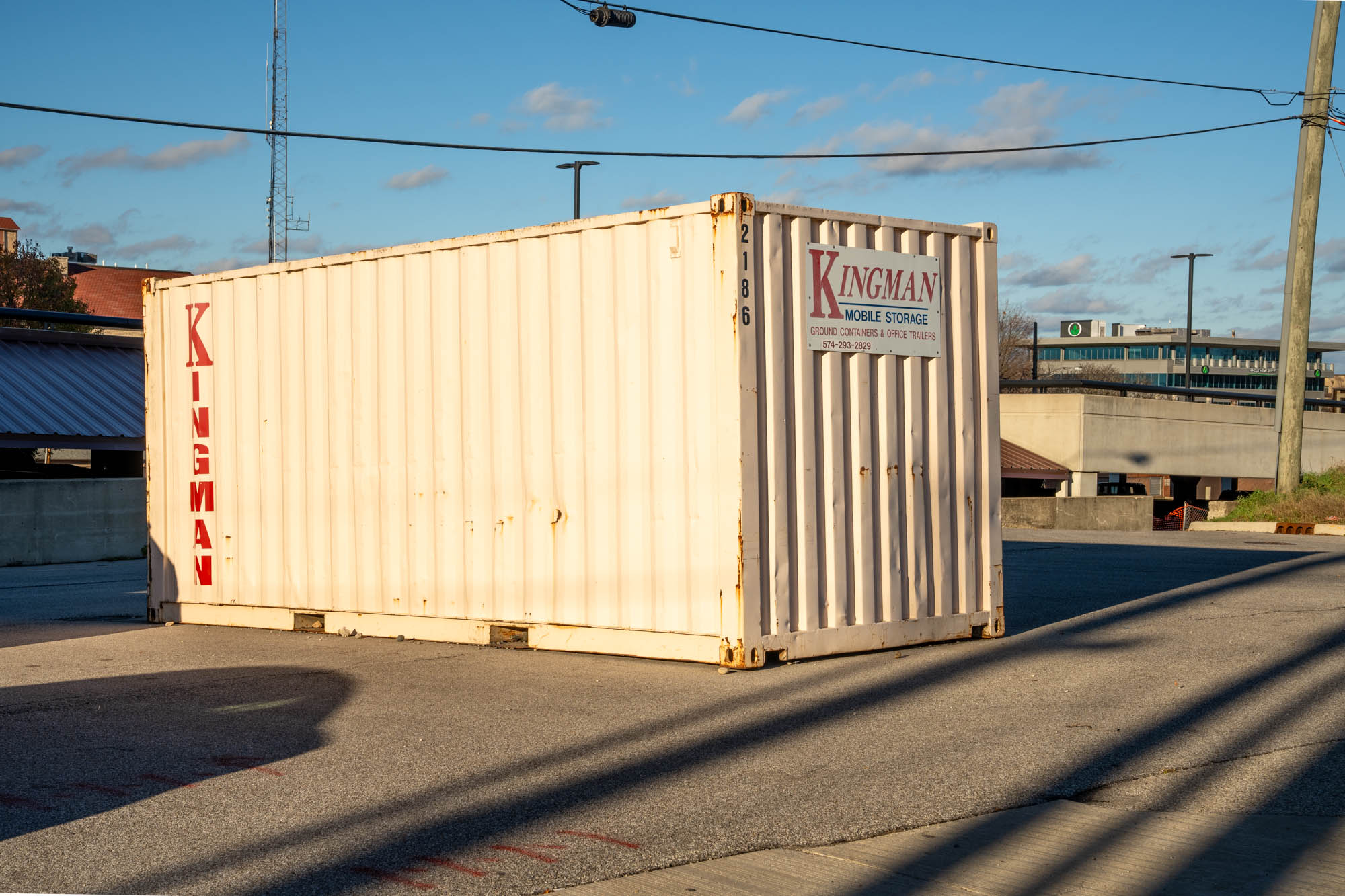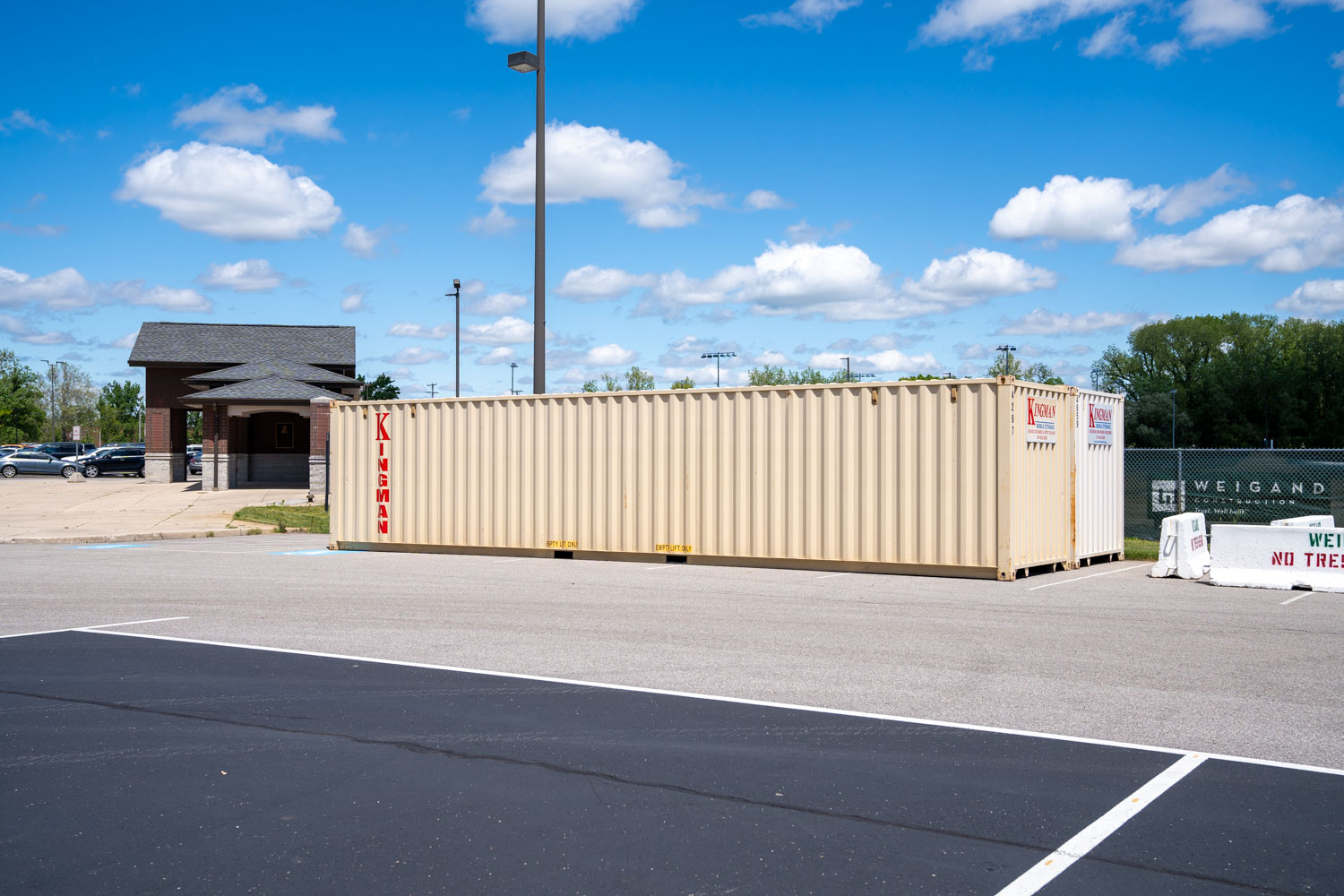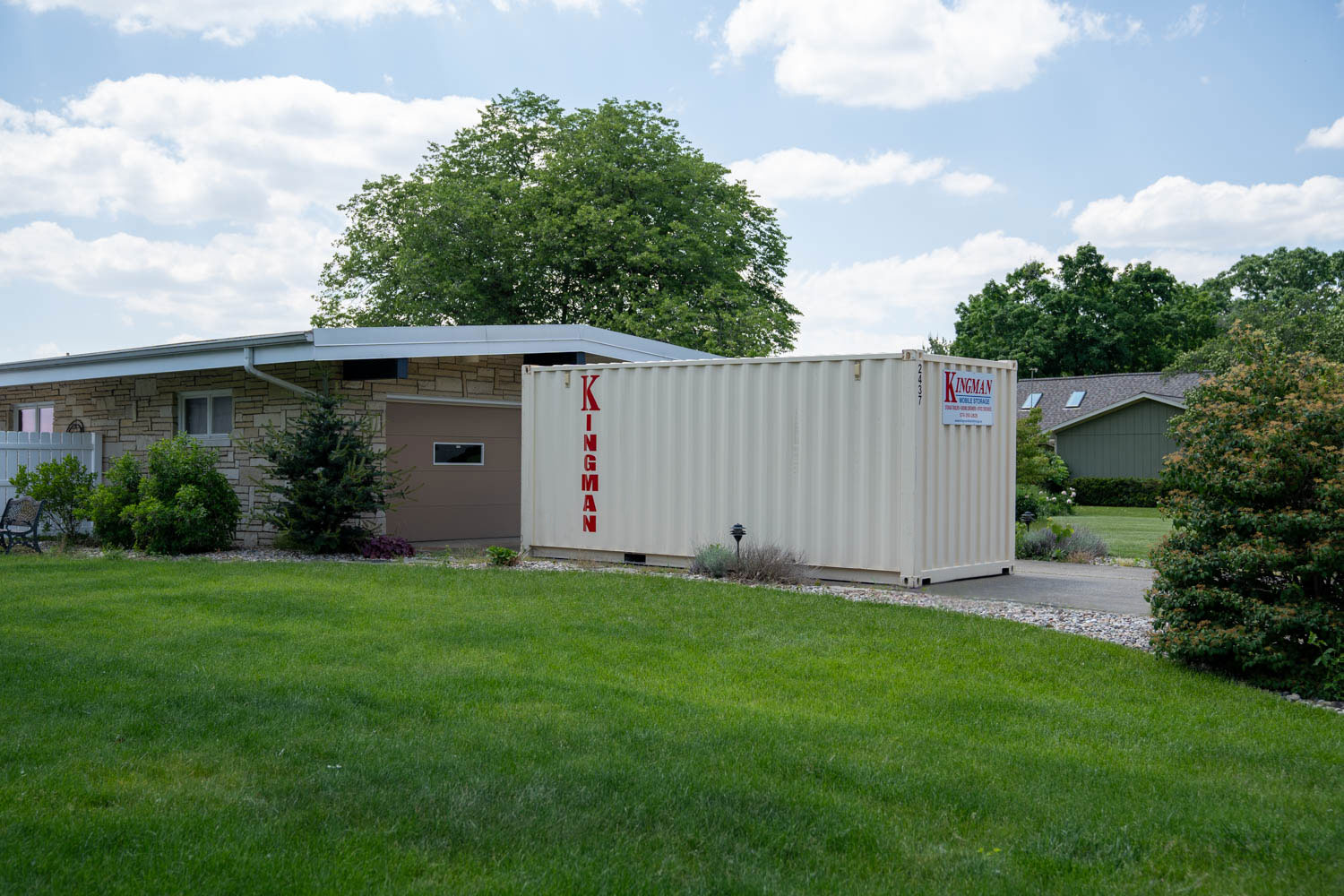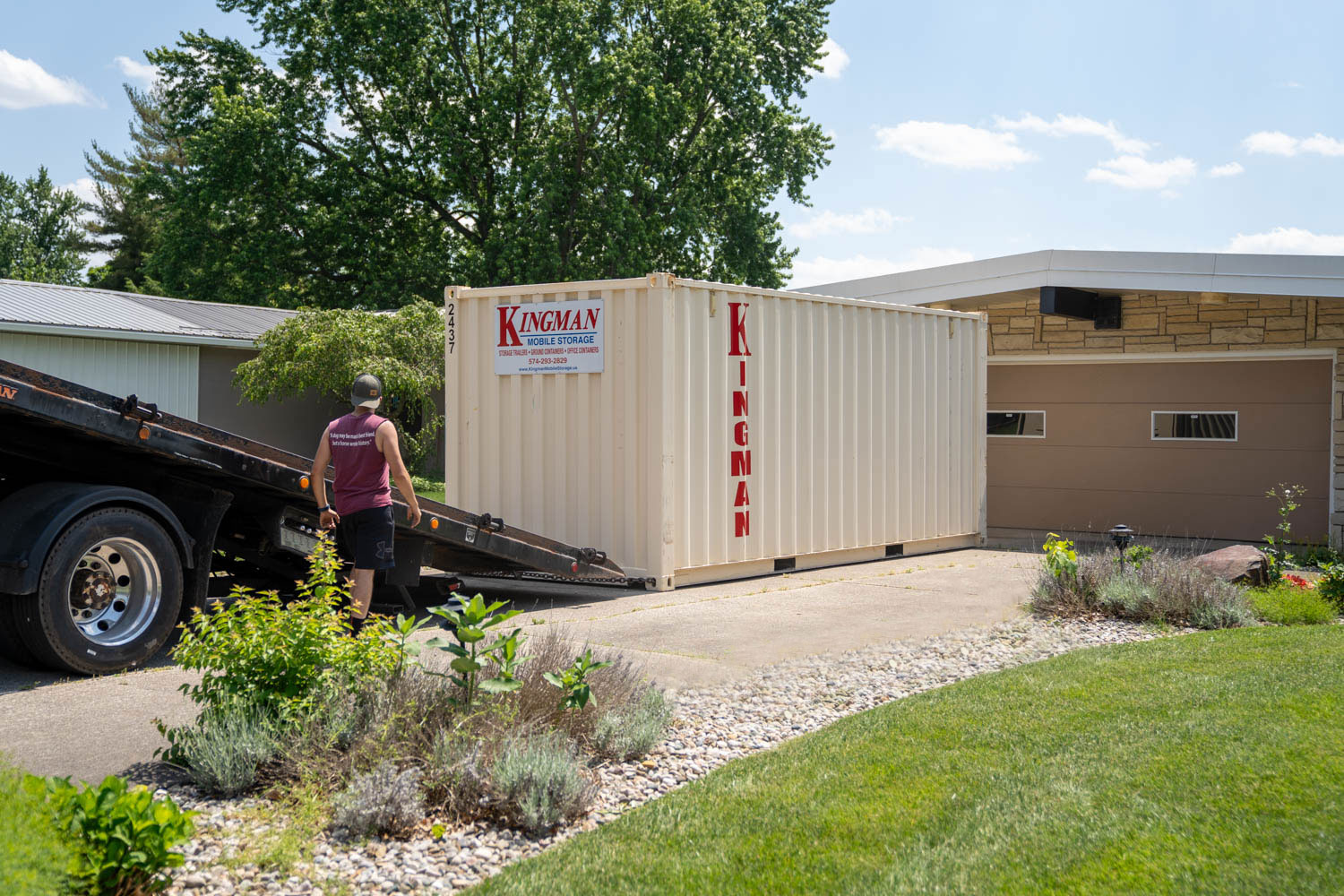How to Prepare Your Storage Container for Cold Weather

As the temperatures drop, preparing your storage container for the cold weather becomes crucial, whether you’re storing home furnishings, construction tools, or heavy machinery. Proper preparation not only protects your belongings from damage but also ensures they remain in excellent condition throughout the winter months.
Here’s a guide to help winterize your storage container effectively.
1. Ensure Your Storage Container is Dry
Now that winter is here, you’ll want to make sure your container is clean and completely dry. This is especially important for items like garden tools, summer machinery, or any equipment that may have residual moisture. Moisture can lead to mold and mildew growth or even rust, which can severely damage your items over time.
2. Remove Any Sensitive Items
If you’re storing items that are sensitive to temperature changes, such as electronics, artwork, or certain types of furniture, consider moving them to a climate controlled space to protect your belongings from the harsh effects of cold weather.
3. Protect Your Items from Freezing in Cold Weather
For liquids that could freeze, such as paints, cleaning supplies, or certain industrial fluids, take measures to ensure they are stored at temperatures above freezing. If climate-controlled space isn’t an option, consider removing these items from the container during the colder months.
4. Use Pallets to Keep Items Off the Floor
Elevating your belongings off the floor is a simple yet effective way to protect them from any dampness that might accumulate. Pallets provide excellent airflow that can help keep your items dry.
5. Cover Items with Insulating Materials
Cover furniture, machinery, and other large items with blankets or insulating covers. This extra layer of protection helps shield your belongings from the cold and reduces the risk of moisture buildup.
6. Regularly Inspect Your Storage Unit
Make a point to regularly check your storage unit during the winter months. Look for signs of moisture, pests trying to escape the cold, or any other issues that could be exacerbated by the cold weather. Early detection can prevent significant damage.




